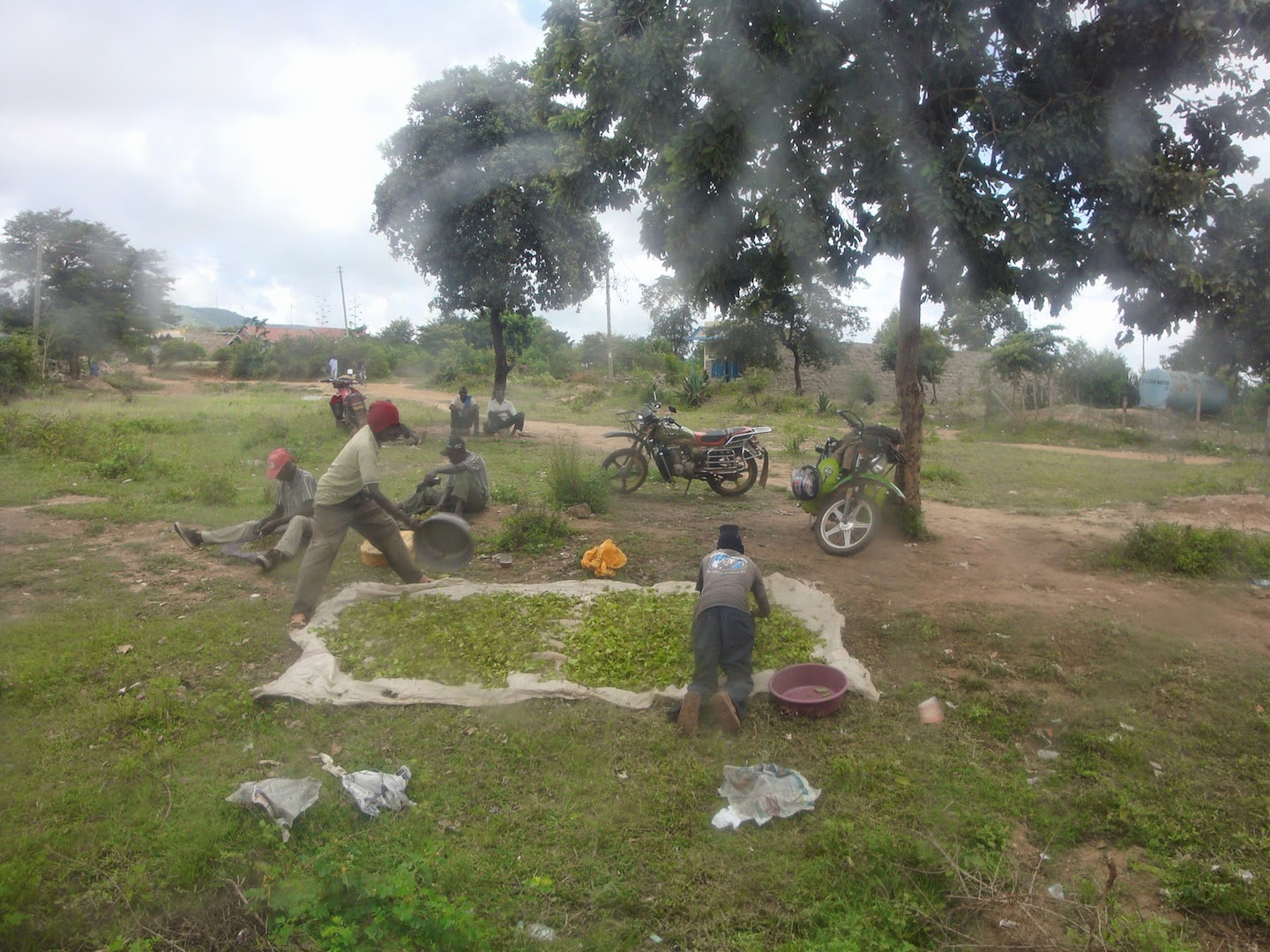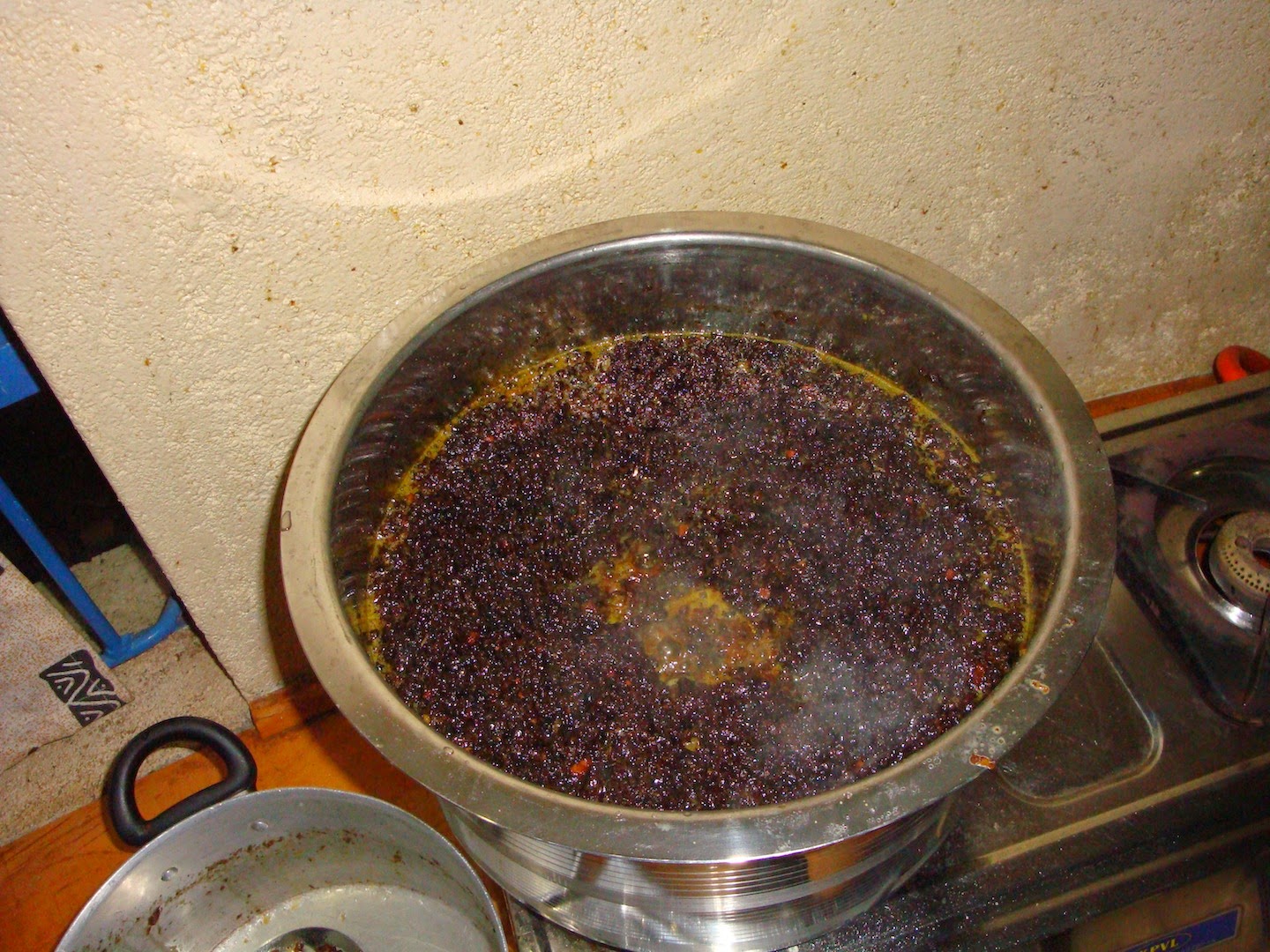Our ticket to tour the island.
Along with 2 other visitors to MIA, and our driver for the return from Nairobi, a hot day, no hat( which I needed), and a bottle of water; our walk was richly rewarded.
 |
| Helpful map |
 |
| House of Linda on the property. |
A walk around the garden rewarded me with the sight of many familiar plants. Much to Linda's disgust, not in a real presentable form following the grazing visit of an Island resident, a Masai Giraffe; distinguished by the jagged spots on the body.
 |
| Masai Giraffe |
 |
| View of the crescent, source of the name, remnant of a volcanic caldera. |
 |
| On the right hand side of Lake Naivasha the island offers great views from the highest point. |
The area is like a walk in the park where wildlife roam. I had no idea what to expect, but our guide added to our experience pointing out activities, animals and background for many things that would have been unknown otherwise.
With the lack of rain the grass cover has diminished and here above, Thomson's gazelle are sheltering from the heat of the day.
Zebra, Wildebeest, Masai Giraffe, Buffalo, Waterbuck, Dik Dik, Pelicans, Fish Eagle, but no rhino or Lions……would not have been walking..with them around. Buffalo were viewed at a distance.
 |
| Looking north |
After a 7-8km round trip, we finished at a vantage point for the 360' viewing of the the surrounding countryside. Mt Longonot as a backdrop to one section of the Lake, then towards the east, over the Country Club, and north overlooking the Hippo area.
Mt Longonot in the background
 |
| Resident flock of sheep with Fish Eagles keeping watch in the dead tree. |
 |
| Fish Eagle nests in the Acacia. |
One animal that would require a night visit at present not available would be the Aardvark. Our guide pointed out many spots of activity, holes in the ground looking for ants….. This required vigilance on my part trying to avoid the inevitable due to my clumsiness.
I thoroughly recommend a visit to Linda and her 'backyard'. Fantastic environment with an ever changing vista of birds, animals, lake and sky.
Pleased to share with her Monstereo Deliciosa…fruit salad plant which she has ignored for her total occupancy until now, 30years on, a secret delight to the palate.
Following our thanks and goodbyes, we headed for a very late lunch at Delaware road side stop. Great for a snack, lunch, relaxing meal, stocking up with fresh fruit and veges, as well as a loo stop.
It was a very busy 3 days, lots of travel, culminating in sharing a fabulous day visiting Crescent Island with Nana and Mel, Hezron the driver and Kijea. Much banter and laughter among friends. Thanks a million!

































.jpg)






.jpg)



.jpg)
















